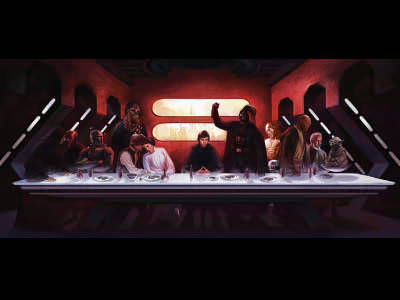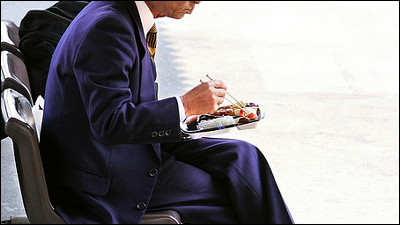The 'Last Supper', which is becoming more and more popular with history, may be nearing its special day.
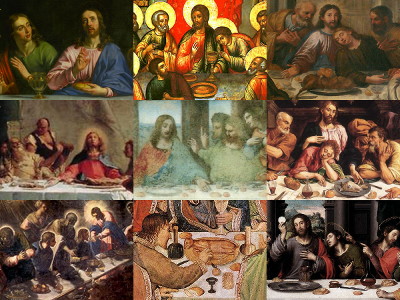
The '
This seems to suggest that the 'height' of dishes on people's dining tables has gradually increased over the past 1000 years, and the amount of food people eat has also increased.
Growing by Biblical portions: Last Supper paintings over Millennium depict growing appetites
https://phys.org/news/2010-03-biblical-portions-supper-millennium-depict.html
The brothers of Professor Brian Wansink of Cornell University , who specializes in consumer behavior, marketing and nutrition, and Dr. Craig Wansink , a professor of religion at Virginia Wesleyan College and a pastor of the Elders Church , published in 2000. Using 52 paintings of the most famous ' Last Supper ' recorded in 'Last Supper' as a sample, the amount of food served, the size of the plate, the size of the bread, and the size of the drawn people's heads Was analyzed by comparison. The research results will be published in the April 2010 issue of the International Journal of Obesity .
The study used CAD technology to scan, rotate, and measure food in paintings regardless of composition, saying that 'the average bread width is twice the width of the average apostle's head.' Under the assumption, we started to analyze the size of dishes and breads. As a result, it became clear that the size of the last supper dish was 1.69 times, the size of the plate was 1.66 times, and the size of the bread was 1.23 times in about 1000 years.
So, I've collected some typical paintings about 'The Last Supper' (not necessarily included in the 52 samples sampled in the study) and arranged them in chronological order. I did. It may be interesting to focus on the 'prime' of the meal.
The 'Last Supper' by Giotto di Bondone was drawn around 1320-1325. Collection of Alte Pinakothek in Munich.

The size of the bread is smaller than the fist. By the way, the person on the far left is Christ, and the person in yellow clothes in the foreground is

'The Last Supper' by Spanish painter Jaume Huguet (1412-1492) (1470)
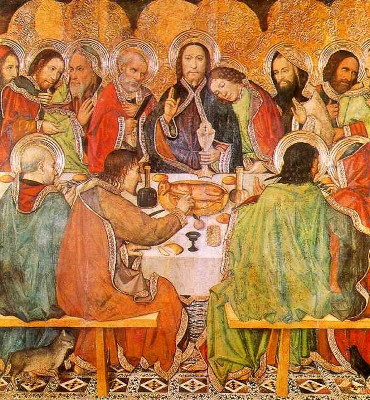
details. Is the bread about the size of a fist?
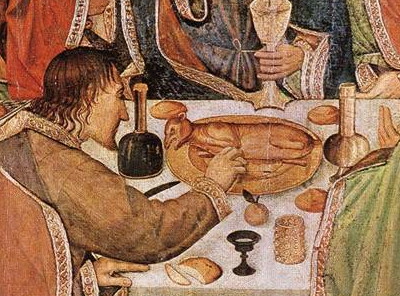
The Last Supper by Leonardo da Vinci , the most famous and subsequently quoted by numerous artists (1495-1498)

details. Focusing on the table and looking at the 'Last Supper', when the bread is on the plate, when it is placed directly on the tablecloth, when there is food other than bread and wine, and when there is no food. There seem to be some patterns in paintings depicting the same table, with and without tablecloths.
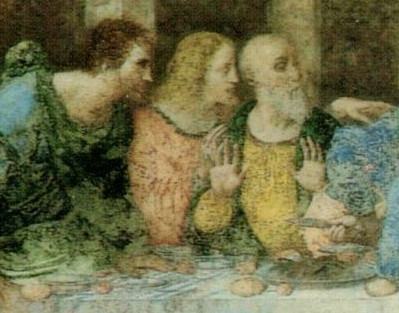
'The Last Supper' by
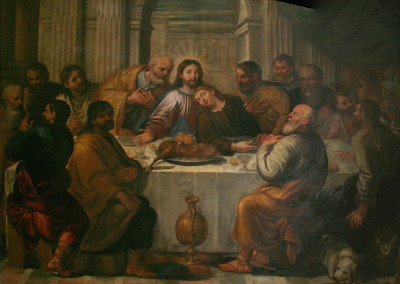
Looking at it now, it looks like a feast, but roasting animals may have been a daily cooking method at that time.
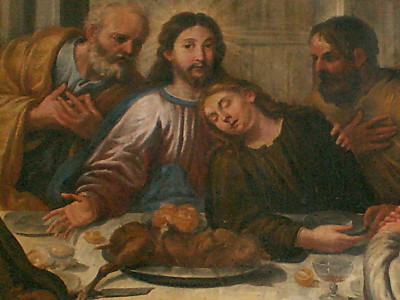
The 'Last Supper' (1542) by

Besides bread and wine, there are also fruits and goat heads.
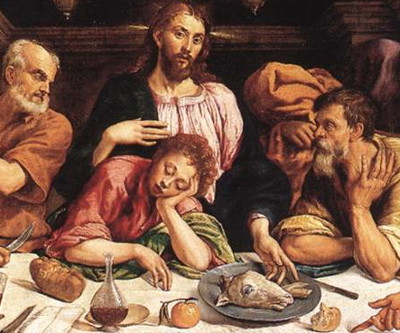
'The Last Supper' by Spanish painter
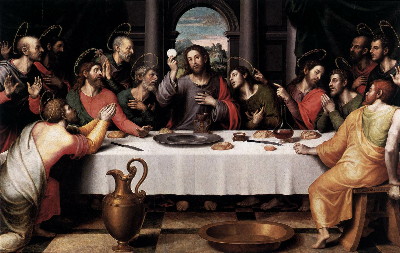
details.
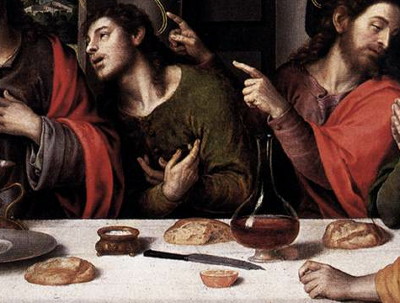
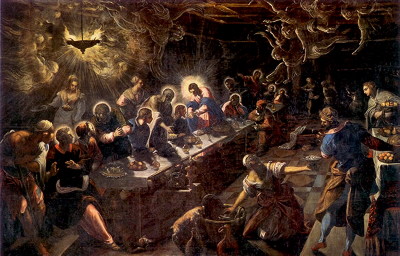
In addition to Christ and the apostles, it may be unusual to see people serving.
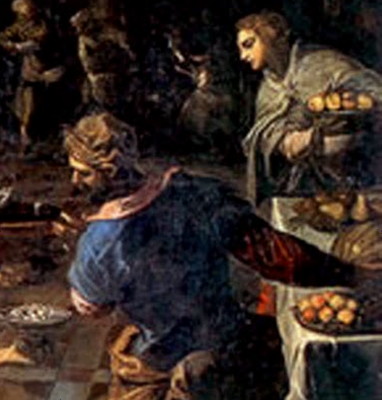
The table looks like this.
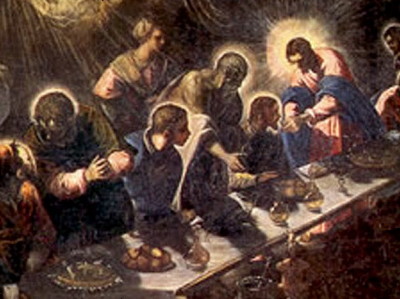
Many people may be familiar with 'The Last Supper' (1648) in the Louvre Museum by
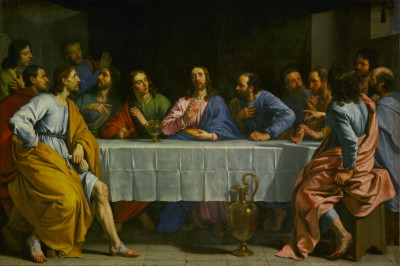
The bread is relatively large. It may be necessary to have this size to share with the apostles.

'The Last Supper' by Russian

Is the plate one size larger than the human head and the bread about the human face?
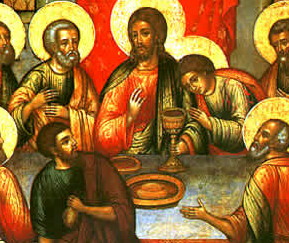
'The Last Supper' by
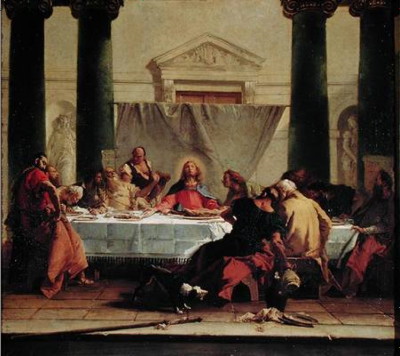
The food seems to be quite large.
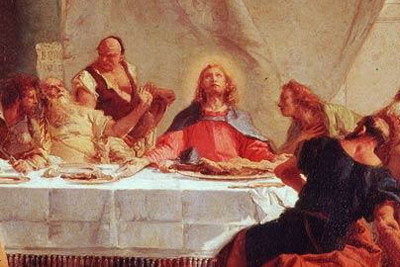
Print 'The Last Supper' by
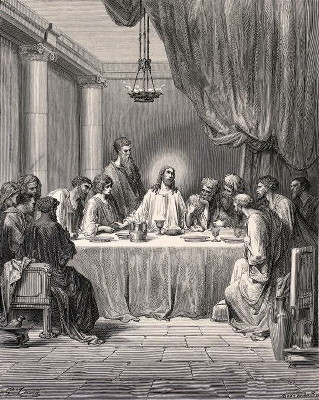
I think tableware and the like have become quite modern.
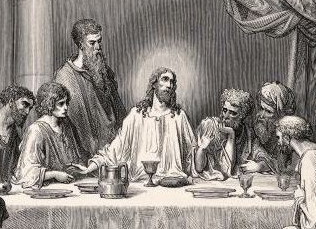
'In the last 1000 years, food production, supply, safety, quantity and low prices have improved dramatically. Art imitates reality, so this change is the most famous dinner-themed painting in history. It is also likely to be reflected in this, 'says Professor Brian Wansink.
Related Posts:
in Art, Posted by darkhorse_log
